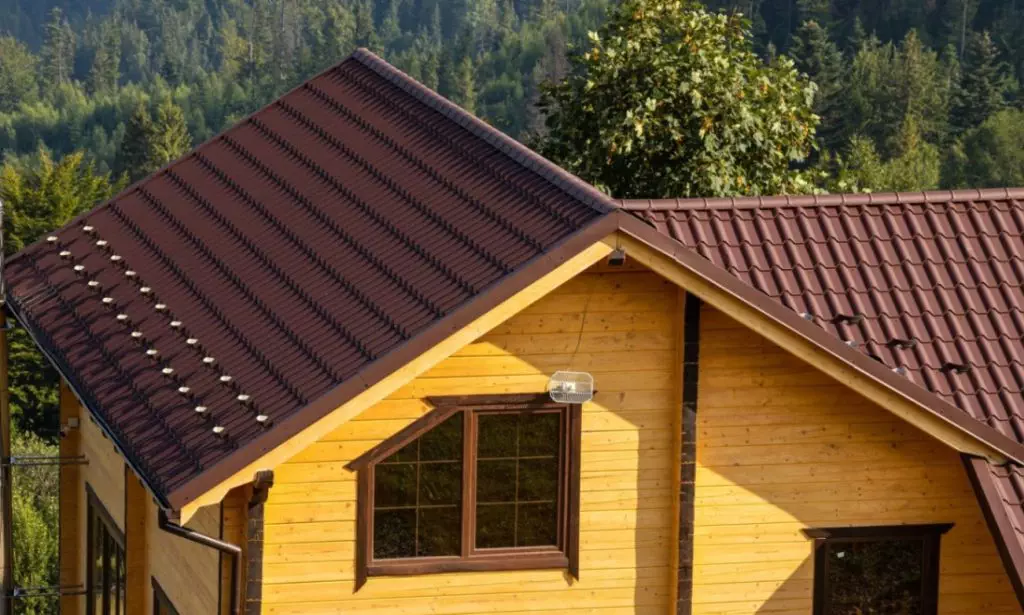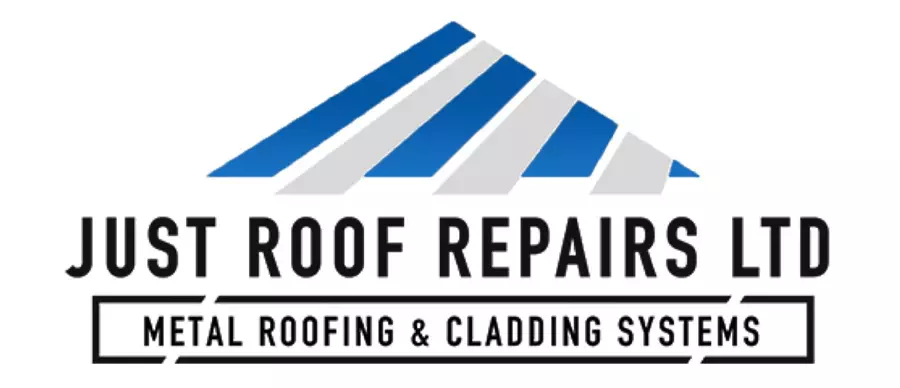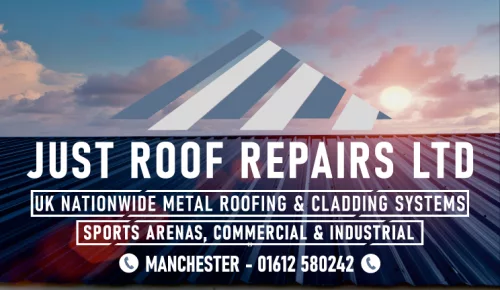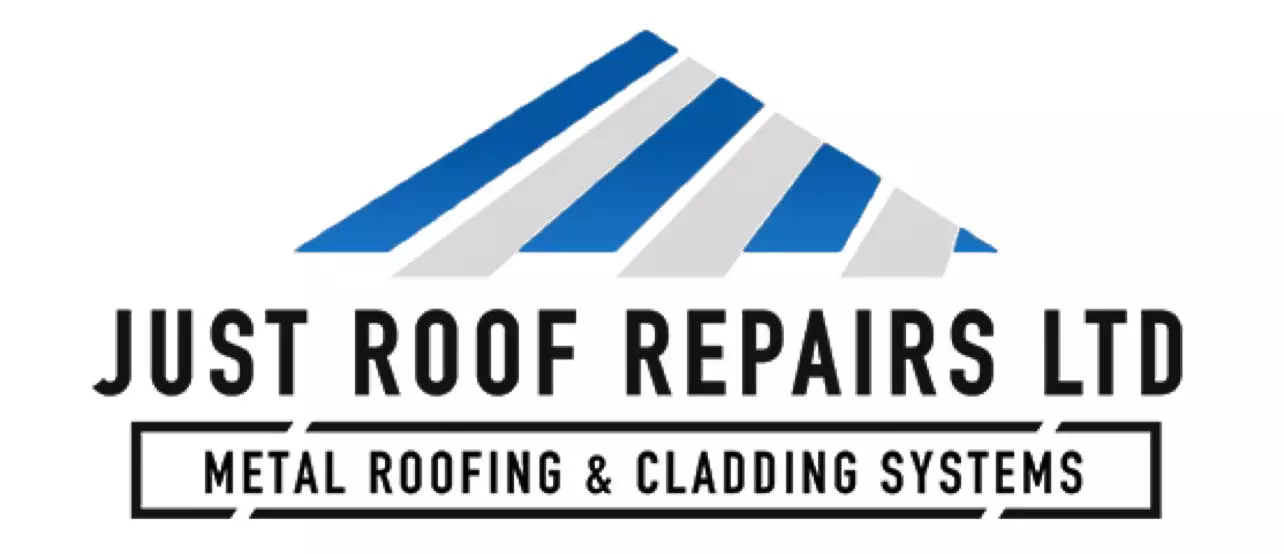As you consider roofing options for your property, it’s crucial to explore sustainable solutions that not only improve aesthetics but also reduce your environmental footprint. With trends shifting towards eco-friendly materials like recycled shingles and innovative systems such as solar roofing, the choices available can greatly impact energy efficiency. Understanding these developments and best practices can change your approach to roofing, but the real question remains: how can you implement these strategies effectively?

Key Takeaways
- Sustainable roofing materials, such as recycled asphalt shingles and metal roofs, are gaining popularity for their durability and reduced environmental impact in the UK.
- Green roofs are increasingly favoured for their ability to absorb rainwater, enhance biodiversity, and improve energy efficiency, making properties more attractive.
- Incorporating solar roofing solutions significantly lowers energy bills and enhances property value, aligning with the growing demand for renewable energy sources.
- Eco-friendly roof maintenance practices, including using biodegradable cleaning products, support sustainability efforts and extend the lifespan of roofing materials.
- The trend towards reusing materials in construction minimises waste and conserves resources, contributing to a circular economy within the UK property market.
Understanding Sustainable Roofing Materials
When you consider upgrading your roof, it’s essential to understand the variety of sustainable roofing materials available, as they can profoundly impact both your property and the environment.
One excellent choice is asphalt shingles made from recycled materials; they not only reduce waste but also offer durability.
Alternatively, consider biodegradable options like thatch or metal roofs, which can last a lifetime and minimise landfill contributions.
By opting for these materials, you’re not just enhancing your home’s aesthetics but also adopting eco-friendly practices.
Investing in sustainable roofing solutions can lower your energy costs and increase your property’s value.
Ultimately, choosing the right materials reflects your commitment to sustainability while ensuring a resilient and attractive roof for years to come.
The Benefits of Green Roofs
Green roofs offer a compelling solution for reducing your property’s environmental impact while improving energy efficiency.
By absorbing rainwater and insulating your building, they help lower heating and cooling costs, making them a smart investment.
You’ll not only improve your home’s sustainability but also contribute positively to the urban ecosystem.
Environmental Impact Reduction
As urban areas continue to expand, the benefits of incorporating green roofs into UK properties become increasingly clear.
These living roofs considerably reduce your carbon footprint by absorbing CO2 and other pollutants, promoting cleaner air. By choosing green roofs, you’re adopting sustainable practices that contribute to biodiversity, offering habitats for wildlife in urban settings.
They also mitigate stormwater runoff, decreasing the risk of flooding and water pollution. Additionally, green roofs can improve your property’s aesthetic appeal, potentially increasing its value.
Ultimately, investing in green roofs is a proactive step toward creating a healthier environment, demonstrating your commitment to sustainability while reaping practical benefits for yourself and your community.
Welcoming this trend isn’t just responsible; it’s essential for future generations.
Enhanced Energy Efficiency
Incorporating a green roof can greatly boost your property’s energy efficiency, leading to lower utility bills and a reduced environmental impact.
By using cool roofing techniques, you can minimise heat absorption, keeping your home cooler in the summer. This aligns perfectly with passive design principles, allowing you to rely less on air conditioning and heating systems.
The natural insulation provided by vegetation also helps maintain a stable indoor temperature, reducing energy consumption year-round.
Furthermore, green roofs absorb rainwater, lessening the burden on drainage systems and lowering the risk of flooding.
Ultimately, investing in a green roof not only improves your property’s energy efficiency but also contributes to a sustainable future, making it a smart choice for any homeowner.
Solar Roofing Solutions
If you’re considering sustainable options for your roof, solar roofing solutions offer a compelling mix of benefits, from reducing energy bills to boosting your property’s value.
Understanding the installation process and maintenance requirements can help you make an informed decision.
With a long lifespan and increasing efficiency, solar roofing could be the smart choice for your home.
Benefits of Solar Roofing
While many homeowners consider aesthetics and durability when choosing roofing materials, the benefits of solar roofing extend far beyond mere appearance. By harnessing solar energy, you tap into a powerful source of renewable resources, considerably reducing your carbon footprint.
This eco-friendly option not only helps combat climate change but also lowers your energy bills over time. With government incentives available, the initial investment can quickly pay off, making solar roofing a financially savvy choice.
Additionally, installing solar panels can increase your property’s value, attracting potential buyers who appreciate sustainable features. In a world increasingly focused on energy efficiency and environmental responsibility, choosing solar roofing positions you at the forefront of sustainable living.
Why not embrace this innovative solution?
Installation Process Overview
Understanding the installation process for solar roofing solutions is vital, as it guarantees you’re making an informed decision about your investment.
You’ll want to start with a thorough assessment of your roof’s structure to confirm it can support the solar panels. Next, skilled professionals will employ various installation techniques, such as mounting systems and wiring layouts, customised to your specific roof type.
It’s important to follow stringent safety protocols throughout the process to protect both the workers and your property. This includes using harnesses, securing ladders, and adhering to electrical codes.
Maintenance and Lifespan
Once your solar roofing solution is installed, maintaining it becomes key to ensuring its longevity and performance. Regular inspections and cleaning will help you identify potential issues early, which can prolong the lifespan of your system.
Engaging in a lifecycle assessment of your solar panels can reveal when they may need repairs or replacements, saving you money in the long run. Additionally, consider roof restoration techniques that can improve both your panels’ efficiency and your roof’s overall condition.
By prioritising maintenance, not only do you protect your investment, but you also maximise energy production and sustainability.
Energy-Efficient Insulation Techniques
As homeowners increasingly prioritise energy efficiency, adopting innovative insulation techniques can greatly improve your property’s thermal performance.
One key strategy is to minimise thermal bridging, which occurs when heat escapes through materials that conduct energy more efficiently than insulation. By selecting high-quality insulation materials, like spray foam or rigid boards, you can greatly reduce these heat loss points.
Additionally, consider using reflective insulation that bounces radiant heat away from your living spaces, further enhancing energy efficiency. Properly sealing gaps and ensuring continuous insulation helps maintain a consistent temperature throughout your home.
Eco-Friendly Roof Maintenance Practices
Maintaining a roof with eco-friendly practices not only extends its lifespan but also supports sustainability efforts. One effective strategy is incorporating rainwater harvesting systems. By directing rainwater into storage tanks, you can reduce your reliance on mains water for irrigation and other uses, promoting conservation.
Additionally, regular roof cleaning using biodegradable products guarantees that your roof remains free from debris and moss without harming the environment. Avoid harsh chemicals that can leach into local waterways. Instead, opt for natural alternatives that keep your roof in top shape while protecting biodiversity.
Future Trends in Sustainable Roofing
While the demand for sustainable roofing solutions continues to rise, innovative trends are shaping the future of this essential aspect of property design and maintenance.
You’ll increasingly see smart roofing technologies, like integrated solar panels and green roof systems, enhancing energy efficiency and reducing environmental impact. These advancements not only lower utility bills but also improve property value.
Additionally, circular economy practices are gaining traction, emphasising the importance of reusing materials and minimising waste. By adopting these practices, you’re contributing to a more sustainable future while ensuring your roof remains resilient and efficient.
Welcoming these trends will position you at the forefront of environmentally responsible property management, aligning your investments with the growing preference for sustainability in the UK market.
Frequently Asked Questions
How Do I Choose the Right Sustainable Roofing Material for My Property?
Selecting the right sustainable roofing material for your property is essential.
Start by assessing eco-friendly options like solar shingles or recycled materials. Consider material durability, as you want a roof that can withstand the elements while minimising maintenance costs.
Research local climate conditions and energy efficiency ratings to guarantee you’re making an informed decision.
Prioritise materials that not only benefit the environment but also improve your property’s long-term value and performance.
Are There Grants Available for Installing Sustainable Roofing in the UK?
Yes, there are grants available for installing sustainable roofing in the UK.
You should explore various funding opportunities through government programmes and local eco-friendly initiatives aimed at promoting green building practices.
These grants can greatly reduce your costs, making it easier to invest in energy-efficient materials.
By taking advantage of these resources, you not only improve your property’s sustainability but also contribute to a greener environment.
Don’t miss out on these financial benefits!
How Do I Find a Qualified Installer for Sustainable Roofing Solutions?
To find a qualified installer for sustainable roofing solutions, start by researching local contractors.
Check their qualifications, ensuring they’ve relevant certifications and experience in sustainable materials.
Read reviews and ask for references to gauge their reputation.
During consultations, inquire about their installation process to see if it aligns with your expectations.
A thorough vetting will help you choose an installer who’s knowledgeable and committed to delivering quality work on your project.
What Is the Lifespan of Sustainable Roofing Materials Compared to Traditional Options?
When considering the lifespan of sustainable roofing materials, you’ll find they often outperform traditional options regarding material durability.
Lifecycle assessments show that eco-friendly materials can last 30-50 years or more, while conventional roofing typically averages 20-30 years.
Investing in sustainable solutions means fewer replacements and less waste, ultimately saving you money and benefiting the environment.
Can Sustainable Roofing Help Increase My Property’s Value?
Yes, sustainable roofing can considerably increase your property’s value.
When potential buyers see eco-friendly investments, they often associate them with lower energy costs and long-term savings. During a property appraisal, green features, like solar panels or green roofs, typically improve market appeal.
Conclusion
Incorporating sustainable roofing solutions not only improves your property’s appeal but also considerably reduces its environmental impact. By choosing eco-friendly materials, investing in solar technology, and adopting efficient insulation practices, you’re making a wise decision for both your wallet and the planet. As trends continue to evolve, staying informed and proactive will guarantee your roof remains at the forefront of sustainability. Embrace these practices today to create a greener future for yourself and generations to come.


